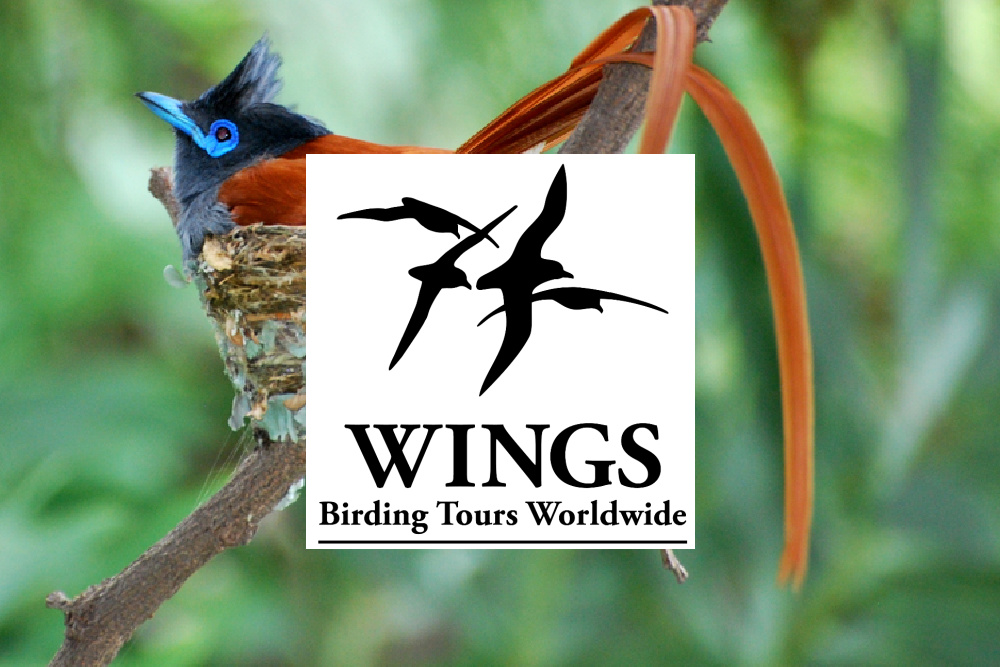China: The South in Winter
Click link below to learn more:
Length of trip
Description
Understandably given its huge size, China has a massive variety of habitats and an equally varied and fascinating avifauna. We’ve been offering tours to China for more than two decades and this new tour is a major overhaul of a WINGS favorite – our winter waterbird spectacular. We still visit Poyang Hu National Nature Reserve, an outstanding site with its fabulously evocative cranes of four, occasionally five, species including the mythical Siberian and Hooded. The supporting cast has included a world-class list of waterbirds and we expect to see thousands of Swan Geese, hundreds of Falcated Duck and at least a few Baikal Teal, while nearby we stand a good chance of encountering reasonable numbers of Scaly-sided Merganser at the world’s most reliable wintering site. Other specialties should include huge parties of Oriental Stork, the spectacular Mandarin Duck and the diminutive Pied Falconet. We even have a chance of seeing the rare Baer’s Pochard, and perhaps even a Japanese Waxwing or with luck a wintering Swinhoe’s Crake!
Our radically revamped itinerary now includes visits to two sites on tropical Hainan Island, Nonggang Nature Reserve in Guangxi, and some birding in Beijing, China’s historic capital and political center. We’ll spend several days on Hainan Island, where we’ll target the islands endemics – Hainan Leaf Warbler, Hainan Partridge and if we’re extremely lucky Hainan Peacock-pheasant. Other species in the rich tropical forests include Large Scimitar and Spot-necked Babblers, Eyebrowed Wren-Babbler and both Rufous-cheeked Laughingthrush and the monachus form of Black-throated Laughingthrush. Further north on the island we have a very good chance of seeing the critically endangered Spoon-billed Sandpiper at one of its most accessible regular wintering sites. That area also hosts a fascinating selection of night birds including Bay and Eastern Barn Owls. Leaving Hainan, we’ll visit Nonggang reserve in Guangxi, a site that shot to ornithological fame early this century with the discovery of the aptly named Nonggang Babbler. Comprehensive surveys have shown it to be rare, but it’s easy to see from the photographic blinds that enterprising locals have built. After Poyang Hu and a couple of neighboring sites we’ll return to Beijing where we’ll search for species such as Siberian Accentor, Pallas’s, Chinese Beautiful and Chinese Long-tailed Rosefinches and Güldenstädt’s Redstart.
China has come a long way in the past few decades. Besides hosting an increasing number of comfortable hotels, this fascinating country now boasts an impressive transport infrastructure, which we’ll make good use of on this unusual tour.

